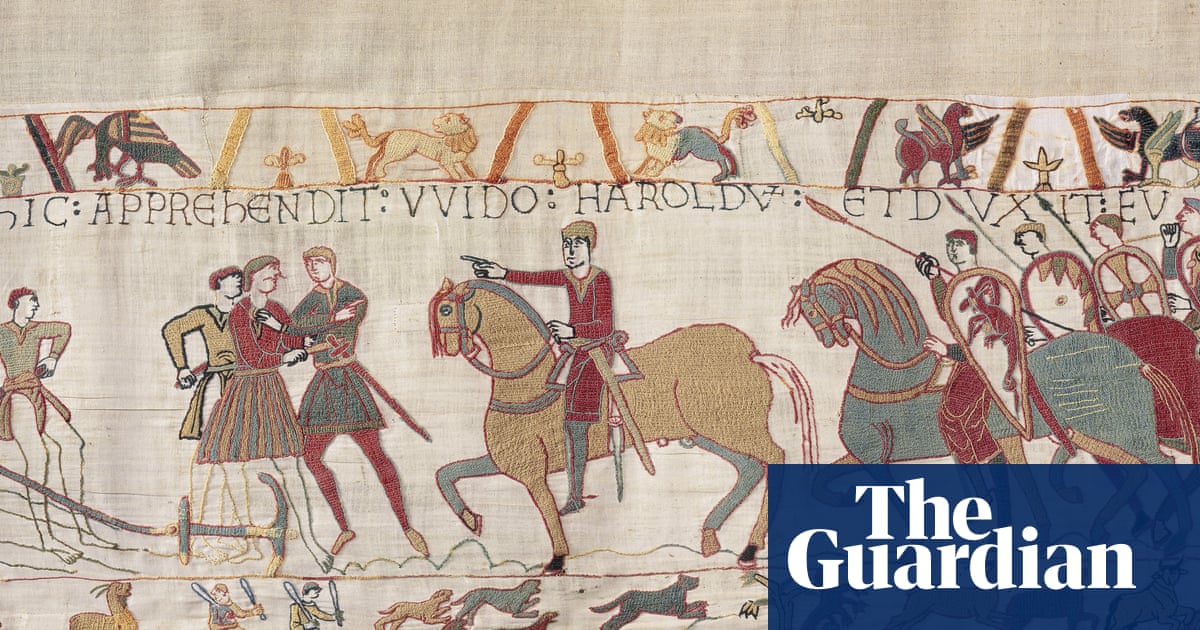The UK society assistant, Lisa Nandy, has really contacted video-sharing methods, similar to YouTube and TikTok, advising them to promote higher tutorial materials to children.
Recent stats suggest that though a years again children seen roughly 2 hours’ television a day, that has really contemplating that stopped by better than 70%. Instead, children have been transferring to YouTube, TikTok and varied different streaming methods in between the ages of 4 and eight, Nandy acknowledged.
She knowledgeable BBC Radio 4’s Today program the federal authorities supposed to “open a dialogue” with the methods at first, nonetheless that she will surely consider actioning in if they didn’t conform.
Nandy acknowledged: “Quite a lot of content material made within the UK may be very high-quality content material directed in direction of youngsters. It helps inform them concerning the world, it helps with emotional wellbeing and growth, and it’s very gratifying as effectively.
“What we’re finding is that more and more children are moving on to video-sharing platforms like YouTube, finding their own content, and it’s often not as high quality as the sort of content public service broadcasters and commercial broadcasters are producing, and that’s one of the concerns as a government.”
The earlier BBC speaker Floella Benjamin, that guest-edited this system, defined the methods as a “wild west” crammed with unacceptable materials.
Nandy acknowledged whereas the federal authorities had really at present strengthened steps to take away materials hazardous to children, she actually felt there was “a more profound point” across the high-quality of the fabric children have been consuming.
“There’s something great about YouTube, it’s democratising, you’ve got these people who start their careers from their bedrooms. But there’s a balance to be struck to make sure children can find that really good quality content.”
Asked concerning the 52% lower in financing for teenagers’s tv in between 2002 and 2018, Nandy acknowledged she didn’t imagine spending additional in children’s materials will surely support, as proof really helpful the earlier federal authorities’s younger goal markets materials fund indicated much more materials was made, nonetheless it stopped working to get to children that don’t view tv.
She differed with Benjamin’s evaluation that youngsters’s tv remained in scenario attributable to the truth that it “genuinely is one of the crown jewels” within the UK, from CBeebies toPeppa Pig “The job of the government is to support that and help it to flourish,” she acknowledged, preserving in thoughts that it usually tended to not be actually profitable.
Nandy acknowledged she found checking what her nine-year-old child was doing on his iPad “a challenge”, nonetheless acknowledged that video-sharing methods’ filters have been “very good”, and valued that his school had really instilled a Newsround- viewing conduct in him.
after e-newsletter promo
She acknowledged she had really contacted Ofcom to ask the regulatory authority to prioritise children’s tv and consider the obstacles as part of most people resolution broadcasting analysis that outcomes from report in summertime.
She acknowledged it was vital for the federal authorities to strike the very best equilibrium in between drawing in monetary funding from methods similar to Netflix, Amazon and Disney, with out “harming or crowding out uniquely British content”.
This consisted of placing preparations with civil service broadcasters that will surely permit them to acquire much more of their materials on-line whereas moreover appropriately recompensing them for his or her monetary funding and job, she acknowledged.



